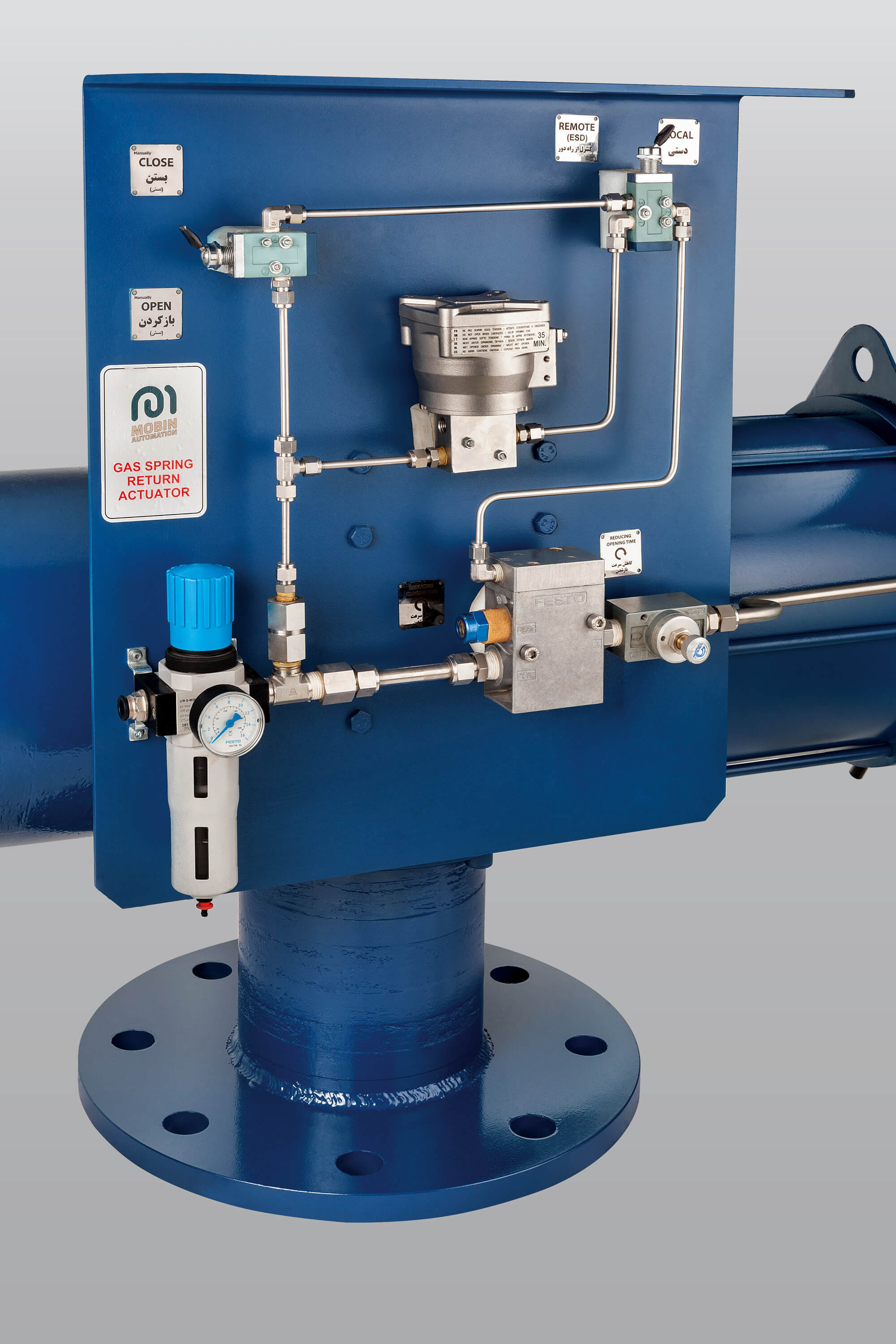The Dual Management of Pneumatic Actuators: A Guide to Physical Override
Air-powered devices play a critical role in various industrial uses, changing pressurized air into mechanical motion. Such devices are vital for automating operations, controlling valves, and positioning components in frameworks that rely on compressed air. Nonetheless, there are times when relying solely on automation may not be sufficient, especially in urgent situations or maintenance situations. This is where the concept of a pneumatic actuator with manual override becomes crucial.
A pneumatic actuator with manual control provides an additional layer of control and safety, enabling operators to intervene and manually adjust or position the actuator when required. This dual control system ensures that operations can run smoothly, even if automation encounters challenges. Understanding the functionality and benefits of these actuators is essential for engineers seeking to enhance dependability and safety in their operations.
Comprehending Pneumatic Actuators
Pneumatic actuators are mechanisms that employ air pressure to produce movement. These devices are utilized in various industries because of their quick performance, straightforward design, and reliability. The fundamental functioning of a pneumatic actuator involves the direction of air into cylinder, that subsequently displaces a piston which converts the pressure of the air into either linear motion or rotary movement. air and manual actuator enables precise control of various processes, such as opening and closing valves and activating equipment.
One of the main pros of pneumatic actuators is their ability to function in demanding environments. They can perform well in situations where electric devices may fail because of humidity, dust, and hazardous environments. Pneumatic actuators tend to be chosen in industries such as manufacturing, oil and gas, and food processing, where safety and functionality are critical. The utilization of compressed air as a power source also makes them environmentally friendly compared to hydraulic systems.
In some applications, a manual control is built-in into pneumatic actuators for increasing operational flexibility. This manual override enables operators to directly control the actuator personally, circumventing automated systems when required. This proves to be particularly useful during emergencies or maintenance, making sure that vital equipment continues to operate in spite of potential failures or malfunctions of the system. Comprehending the functionality and benefits of pneumatic actuators with manual override becomes essential for ensuring optimal regulation in automated operations.
The Importance of Manual Intervention
The manual intervention in a pneumatic actuator is essential for securing system dependability. In manufacturing environments, automated processes can sometimes experience failures or unexpected failures. Having a manual intervention allows an operator to oversee the actuator, guaranteeing that critical processes can continue without interruption. This capability is particularly crucial in urgent scenarios where quick action is needed to prevent damage or protect personnel.
Another notable point of manual override is the adaptability it offers. Operators can hands-on manage the actuator for maintenance, evaluating, or adjustments without needing to rely solely on automation. This active method is especially beneficial during routine inspections or when adjusting the system’s performance. A pneumatic actuator with manual control enables technicians to easily troubleshoot and fix issues, enhancing overall system efficiency.
Lastly, the availability of a manual intervention contributes to safety protocols within an organization. In instances where automatic controls might lead to dangerous situations or harm to machinery, operators can use the manual function to safely halt operations or adjust their operations. This level of control is imperative in maintaining conformance with safety policies, protecting both personnel and equipment from potential harm.

Execution and Optimal Strategies
When combining a pneumatic actuator with manual override into a system, it is essential to ensure alignment with prevailing components. Begin by assessing the details of both the actuator and the control system to confirm that they coincide. Consider the pressure requirements, sizes, and features of the actuator, and how these will work with the manual override mechanism. A well-planned installation reduces the need for adjustments later and boosts overall operational efficiency.
Instructing personnel on the operation of pneumatic actuators with manual override is crucial for superior functionality. Workers should be well-versed in how to switch between automatic and manual modes to stop mishaps during operation. Conducting regular training sessions and providing clear manuals can aid in maintaining safety standards and ensuring the actuator is used correctly. This knowledge empowers team members to handle situations where manual control is required appropriately.
Routine maintenance practices are also important for pneumatic actuators to ensure sustainability and reliability. Establishing a routine check of the actuator and its manual override feature can help identify issues early. Washing components, checking seals, and confirming alignment should be part of this maintenance checklist. By prioritizing upkeep, organizations can eliminate unexpected failures and ensure efficient transitions between automatic and manual operation, ultimately enhancing productivity and safety on the worksite.